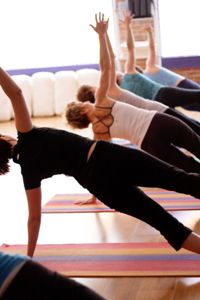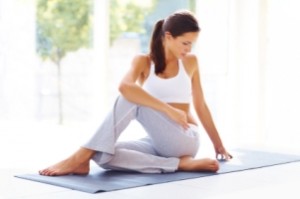 Arthritis is a condition defined by inflammation in one or more joints, coupled with stiffness, soreness and a limited range of motion. According to the Center for Disease Control, arthritis affects nearly 50 million Americans, and that amount is expected to rise. There are over 100 types of arthritis and the causes include but are not limited to obesity, lack of exercise, improper auto immune response, and the overuse of a misaligned joint.
Arthritis is a condition defined by inflammation in one or more joints, coupled with stiffness, soreness and a limited range of motion. According to the Center for Disease Control, arthritis affects nearly 50 million Americans, and that amount is expected to rise. There are over 100 types of arthritis and the causes include but are not limited to obesity, lack of exercise, improper auto immune response, and the overuse of a misaligned joint.
However the painful condition has come about, the treatment and management of it is very important. Doctors recommend that arthritis sufferers get some moderate exercise and eat right to maintain a healthy weight.
Yoga, because it is a non-impact activity, is a very beneficial way to get some moderate exercise. Yoga poses strengthen the muscles surrounding the joints in a gentle way so the rate of progression of arthritis is slowed and moving becomes less painful. As a result, the symptoms of soreness and stiffness are more properly managed.
Read on to learn about a few basic guidelines to adhere to when practicing yoga with arthritis. Always remember to check with your doctor before embarking on a new type of exercise. In addition, speak with your instructor to learn about modifications you might find useful.
Warm Up
Make sure you take a lot of time practicing gentle, rhythmic poses (cat-cow pose, shoulder rolls, knee, wrist and ankle circles) before holding the deeper ones. Increasing the flow of synovial fluid in the joints will help to improve the joints mobility and cause less strain.
Resist all temptation to go beyond your body’s ability. As a general rule, if it hurts, stop. There is no need to push beyond your limits, as this will only make your arthritis worse. Instead, find a sustainable balance between “too much” and “not enough” to gain the benefits without harming yourself further.
Strengthen to Lengthen
Overstretching can cause inflammation, but stretching with active muscles not only improves the strength of the muscles surrounding the affected joints, it is safer to practice when our joints are compromised by arthritis. For example, while holding a pose such as Triangle, work against gravity, rather than succumb to it. Do not hang your upper body on the hip of the front leg like you are hanging a coat on a hook. Instead stay “lifted” and supported in this pose by firming up your core and engaging both legs. This lends itself to recruit more muscle fibers for strength while stretching, and prevents any chance of pushing a joint past its limit.
Keep Moving
After a yoga session, a long Savasana (final relaxation pose) might cause your stiffness to return. It is important to be mindful of your body’s need to stay active, as even a few moments of stillness can increase arthritis symptoms, especially after a period of exercise. While in Savasana, it is advised to spend a moment or two rocking your knees back and forth, or rotating your wrists. This keeps the flow of synovial fluid moving through your affected joints.
Also Read:
Yoga May Ease Symptoms of Fibromyalgia

